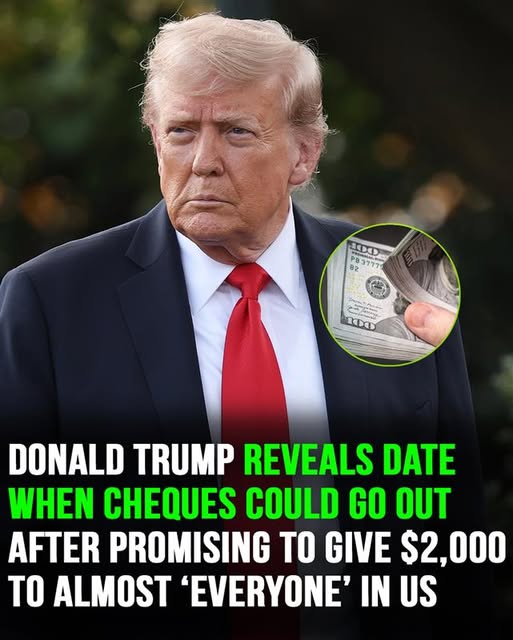Tariff revenue, however, sits closer to $90 billion per year, far below the “trillions” cited in the initial announcement. Even the rosiest projections fall dramatically short. Economists warn that trying to close the gap solely through massive tariff increases could stall global trade and damage the very revenue source this plan depends on.
Some analysts argue that, in practice, tariffs behave like consumption taxes that raise prices for American consumers. Sending money back to households could dull the impact — but it may also rekindle inflation if hundreds of billions suddenly re-enter circulation.
A Legal Tug-of-War Begins
Beyond economics, a constitutional storm is brewing.
Under U.S. law, Congress — not the President — controls federal spending. Even if tariff money exists, the White House cannot unilaterally convert it into checks without congressional approval. And that’s where the next hurdle appears: Trump’s tariff authority itself is already under review by the Supreme Court. If the Court limits or overturns those powers, the entire foundation of the “dividend” collapses instantly.
Treasury Secretary Scott Bessent has already emphasized that no payments can be issued without a new law, shifting the conversation from executive action to the grinding machinery of Capitol Hill.
A Delayed Rollout, and a High-Risk Play
After the initial excitement, Trump acknowledged that payments would not arrive until “next year” — pushing potential distribution into 2026. The delay buys time for legal strategy, congressional negotiations, and public messaging.
Politically, however, the stakes could not be higher.
Framing the dividend as profit-sharing is a dramatic shift in conservative economics, echoing Alaska’s annual oil checks. It’s a message with enormous emotional pull: your government owes you this money. For many households facing high costs of living, that message resonates.
But it also creates expectations.
If the checks arrive, Trump could claim one of the most memorable economic victories in modern history.
If they don’t, the disappointment could be explosive.
A $2,000 Question Mark Hanging Over America
Right now, the “Trump Dividend” sits at the intersection of populist appeal, legal uncertainty, and economic reality. Supporters see it as a historic realignment of how wealth flows in America. Critics warn it’s financially impossible. And millions of Americans remain hopeful — or skeptical — as the clock ticks toward 2026.
One thing is certain: this proposal has already reshaped the national conversation. Whether it becomes a defining moment or fades under scrutiny may become one of the biggest political and economic questions of the coming year.
What’s your take? Could a national dividend actually work — or is it just political fantasy? Share your thoughts and join the conversation!

